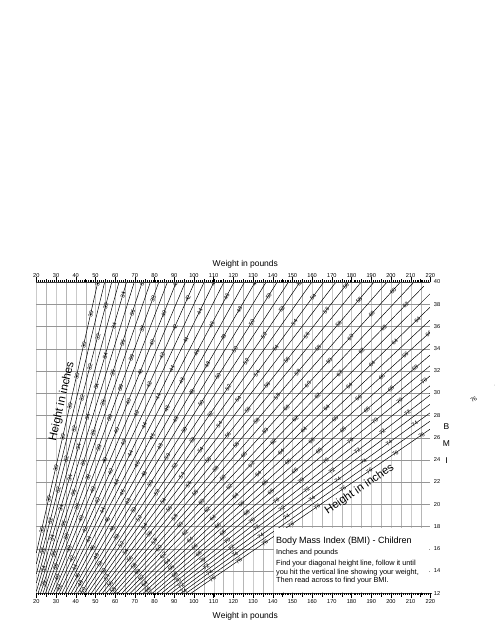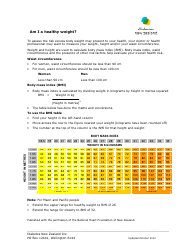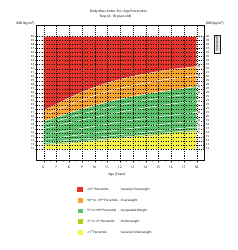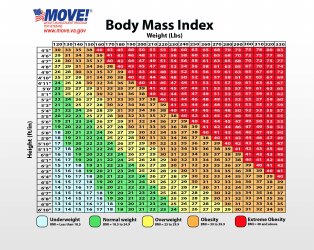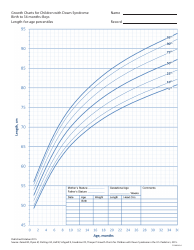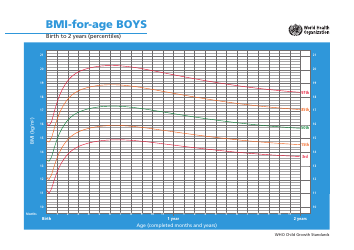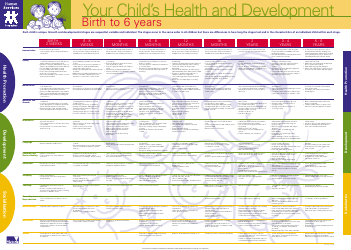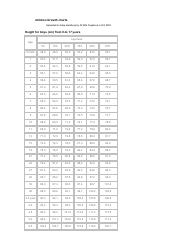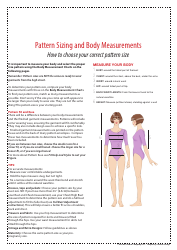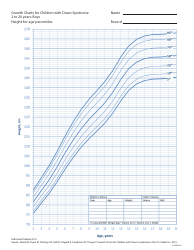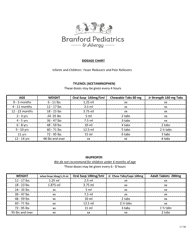Body Mass Index (BMI) Chart for Children
The Body Mass Index (BMI) Chart for Children is used to assess if a child has a healthy weight for their height and age. It helps identify if a child is underweight, normal weight, overweight, or obese.
The Body Mass Index (BMI) chart for children is typically not filed by any specific person or agency. It is a tool used by healthcare professionals, such as doctors, to assess a child's weight in relation to their height. The chart is usually kept in the child's medical record for reference during check-ups and consultations.
FAQ
Q: What is the Body Mass Index (BMI)?
A: The Body Mass Index (BMI) is a measure of body fat based on height and weight.
Q: What is the BMI chart for children?
A: The BMI chart for children is a tool used to assess if a child's weight is within a healthy range for their height.
Q: How is the BMI calculated for children?
A: The BMI for children is calculated using the same formula as for adults: weight (in kilograms) divided by height (in meters squared).
Q: How do I use a BMI chart for children?
A: To use a BMI chart for children, find the child's age on the chart, then find their BMI value based on their height and weight. The chart will indicate whether the child's weight is underweight, normal weight, overweight, or obese.
Q: What is considered a healthy BMI for children?
A: A BMI within the 5th and 85th percentile is considered a healthy range for children.
Q: What is considered underweight for children?
A: A BMI below the 5th percentile is considered underweight for children.
Q: What is considered overweight for children?
A: A BMI above the 85th percentile is considered overweight for children.
Q: What is considered obese for children?
A: A BMI above the 95th percentile is considered obese for children.
